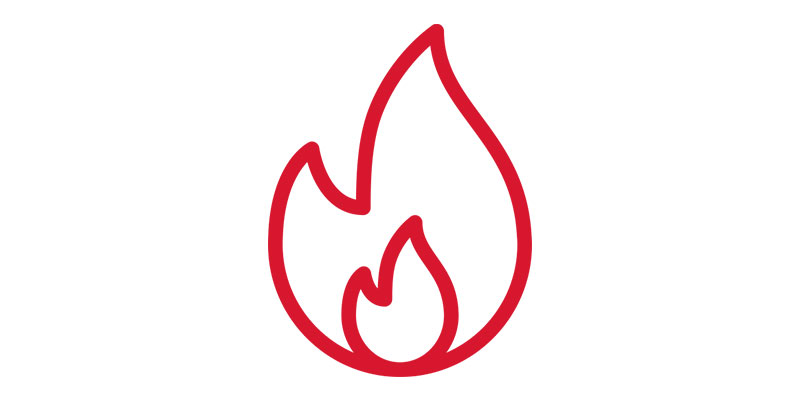The protection of fire is essential for every Sydney business. It’s not only an essential legal requirement, but it’s an opportunity to keep the property, employees and customers protected. The risks that arise from an incident can be mitigated or reduced with the correct security measures. Fire inspections, routine testing and the tagging of electrical systems and compliance with CFSP rules all work to provide a safer working environment and ensure that businesses remain in compliance to local ordinances and Building Code of Australia (BCA) standards.

The importance of fire inspections for your safety
Fire Inspections are the first line of defense against potential hazards. Inspections are conducted to ensure that all the components of the building’s fire-protection system are functional and current. The majority of businesses are located in Sydney are required to perform inspections at least six times every year, depending on their building type and the council regulations. Inspections could include anything from sprinklers and smoke alarms systems and fire alarms to hydrants, emergency lighting, and even fire alarms.
The ability to identify concealed issues and address them before they can cause harm is what makes inspections so crucial. In a crisis, a small flaw on a smoke detector, or the fire hydrant’s condition could appear minor. By carrying out regular fire inspections, businesses owners are not only meeting the requirements of compliance, but are actively taking steps to ensure their workplaces are protected from unexpected disasters.
Testing and Tagging Securing Electrical risks
Electrical systems are a major cause of fires in the workplace. Testing and tagging is essential to a plan to ensure security from fire. The procedure involves examining electrical equipment for safety, functionality and conformity, before attaching a tag to indicate that the product has been inspected. It is not just an obligation for all firms. It is an effective way of protecting from hidden risks.
A faulty appliance, old wiring or cables that are worn out can be a fire hazard if left unchecked. Businesses can lower the risk of fires by regularly testing and marking electrical equipment. The employees also feel confident that the workplace is safe. This creates a sense of trust and confidence in the work place. Combining testing, tagging and fire inspections creates an extensive safety program that reduces risks on many fronts.
The Role of CFSP in Compliance and Certification
In New South Wales, only the Competent Fire Safety Practitioner (CFSP) is able to certify and sign important fire safety documents such as Annual Fire Safety Statements. The introduction of CFSP accreditation has raised the bar for fire safety, ensuring that only experts with qualifications assess and verify safety measures. For those who work with the CFSP, inspections and reports will not be just a routine item of paper, but rather an accurate evaluation performed by professionals.
The CFSP’s job is more than simply checking boxes. These experts evaluate the performance and the condition of fire protection systems and prepare thorough report. They also confirm that the system is in compliance with regulations. Businesses that are not certified with CFSP certification face the threat of legal repercussions, fines and even closure if their fire safety measures are found to be insufficient. Working with certified professionals will ensure that the fire safety systems are in place in a proper manner and that compliance requirements are met without unnecessary stress.
Fire Safety is a Constant Engagement
Every business owner has a obligation to ensure that fire safety is an absolute priority. Regular inspections, ongoing examination of electrical systems, and a proper certification process through CFSP supervision create a cycle of safety that doesn’t stop. Beyond compliance with the law and ongoing monitoring, this approach helps to create the culture of safety in the workplace. Employees are reassured that clear evacuation plans are in place and that smoke alarms are in place, emergency lighting is tested and fire-fighting systems are ready for use.
Fire safety is a continuous procedure, not a box that businesses must tick every year. It reduces risk and improves the image of a company. In an environment that prioritizes security, clients and customers are more secure. In the long run investing in fire protection that is proactive saves money by preventing costly damage as well as fines and legal battles, while also protecting the lives of every person who walks into the building.
Conclusion
Sydney’s fire safety is a multi-layered process that involves inspections tests, tagging, and testing and the professional certification of a CFSP. Each element is essential to ensure that businesses are in compliance with the laws, and more crucially, that both individuals and their property are safe. When safety is an integral aspect of the business rather than an afterthought, businesses not only meet their legal obligations but also ensure a safer and robust environment for the future.
